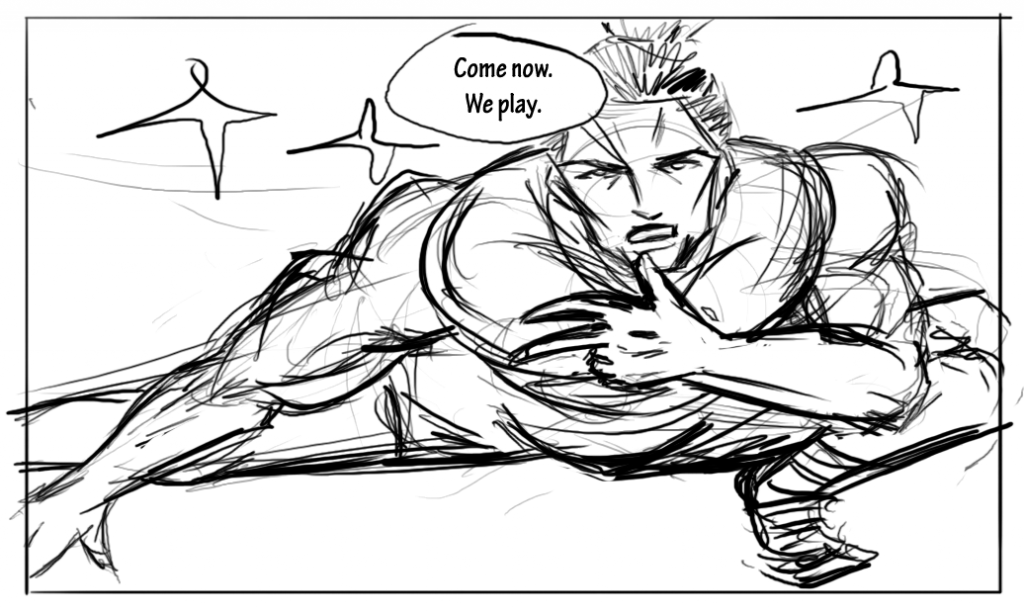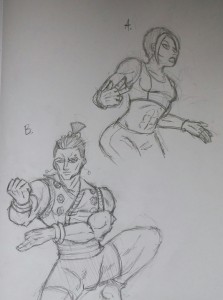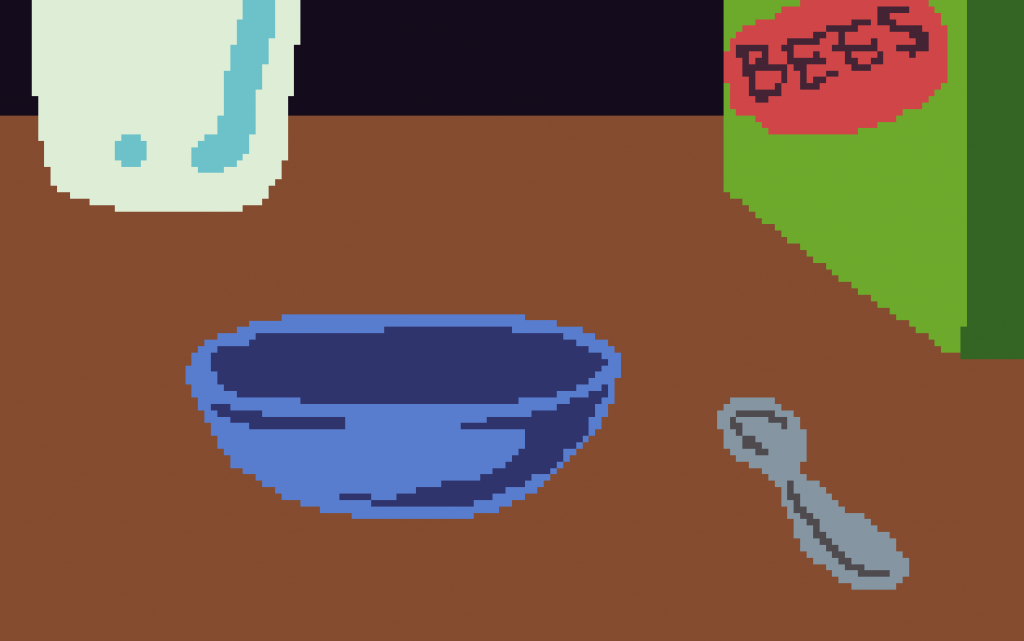Author: Ralph
Walking Simulator Response

I agree with NotGame’s general sentiment regarding emancipation of games as a medium, but that’s about as much as I’ll dignify that pretentious drivel with.
The main point I want to make is that limitation can serve as inspiration. The puzzle box article mentions Newgrounds and Kongregate as being the hub for the most interesting indie games a decade ago, and I wondered why that was. Very few games presented a world that the player would navigate through violence — more basic forms were the norm, like dialogue trees, dating sims, room escape, tower defense, total abstraction, etc. And even when they were about violence, they tended to be stripped down and expressive, honing in on a particular mechanic with laser focus eg. Tactical Assassin, Last Stand.*
Was it the democratic and individualistic community structure that encouraged this? Probably quite a bit. But I would argue also that the lack of commercially available game engines also forced enthusiasts to find creative solutions to expressing themselves. The most widely available and powerful tool at the time was, of course, Flash. And with Flash come some inherent limitations — just look at the difference between The Binding of Isaac (Flash) and Rebirth (same game rebuilt in a custom engine).
Another notable gaming community I have experience with are the modding communities for classic RTS games. Some of the most popular mods were, of course, DotA precursors, horde mode, tower defense, etc. but they shared the space with Death Note-themed Mafia games and role-playing servers. The latter games tended to require a lot of player investment and imagination (a floating Command Center acted as a door) and made them unique, engaging experiences, all because the designers had to work within the confines of the modding tool that the developers of the original game provided.
I think it would be an interesting exercise as designers to create games in an engine or environment that inherently was not intended to be used that way. For example, making an open world RPG in Microsoft Excel or a branching Facade-esque narrative drama as a Left 4 Dead mission — embracing the limitation of the environment to create something truly unique.
* Interestingly, even when using identical core mechanics, their sequels that expanded the scope in the number of mechanics, narrative delivery, and visual presentation tended to be far less interesting. I think simplicity as a deliberate design choice is something that often goes overlooked.
RPS (Visual Novel Prototype) – Ralph Kim
Virtual Characters – Ralph Kim
A. A distant descendent of the ancient Scissors clan, she is infamous in the RPS community for her incisive mindgames, improvisation, and lighting reflexes. She hails from South Bronx, raised by her single father. Having lost to B already, she has fought through the most fearsome opponents in the RPS World Championship losers’ bracket for the sake of her father who watches from his hospital bed. She faces her childhood bestfriend, now-mortal enemy again in grand finals.
B. Considered by many to be the greatest RPS player to have ever lived, he is the descendant of the ancient Rock clan. It is said that, were he not blind, RPS would be a theoretically solved game. He is known for his iron will, devotion to a fair game, and respect for worthy opponents. He was raised harshly by unloving parents who value their clan’s prestige above all, and taught to chop off a finger every time he loses a game. He is missing exactly two fingers: once to his father, and once to A.
The game is the dialogue between the characters just before they throw their hand. The player, as A, can shake B through a variety of dialogue choices, such as declaring her hand, predicting his hand, exploring their relationship or his psychological baggage, etc.
Most of the time, B will be able to predict A’s choice, but through the right path, it may become fair, or A may even be able to predict B.
Outcome 1: A wins fair.
Outcome 2: B wins fair.
Outcome 3: A throws the game.
Outcome 4: B throws the game.
Breakfast Bees – Ralph Kim
Games the Game – Ivan, Sylvia, Ralph
In the cutthroat industry of videogames, each player is a game studio with the capital to choose between developing risque-indie games (Action A) or mainstream triple A titles (Action B). However, gamers in addition to being dead, are a fickle, and competition is fierce. If the market is saturated with gray-brown first-person shooter with white men and brown hair, gamers will seek the refreshing color palettes of indie games. If the market is saturated with pigeon simulators, people will want to play a normal game. Thus, the studio that is making whatever the other studios are not making, will take capital from them. However, if all studios choose the triple-A path, there will be a boom in the industry, and the two studios can conspire as an oligopoly to divide up all the wealth. If all studios choose the indie path, everyone’s Kickstarter goes unfunded and all studios lose money, because indie games suck. If one studio goes under, they can only create indie games, and all the capital they receive goes to the bank to pay off their loans (removed from the game). When a single player survives with all the capital, they are declared the industry champion and inherit the title of EA. They can now shovel out whatever garbage they want, and gaming as an industry is ruined forever.
The Truth(s) Behind The Lindbergh Kidnapping
Download to play: https://www.dropbox.com/s/kemvhtdbtllx38s/BABY.html?dl=0




 VS
VS 
